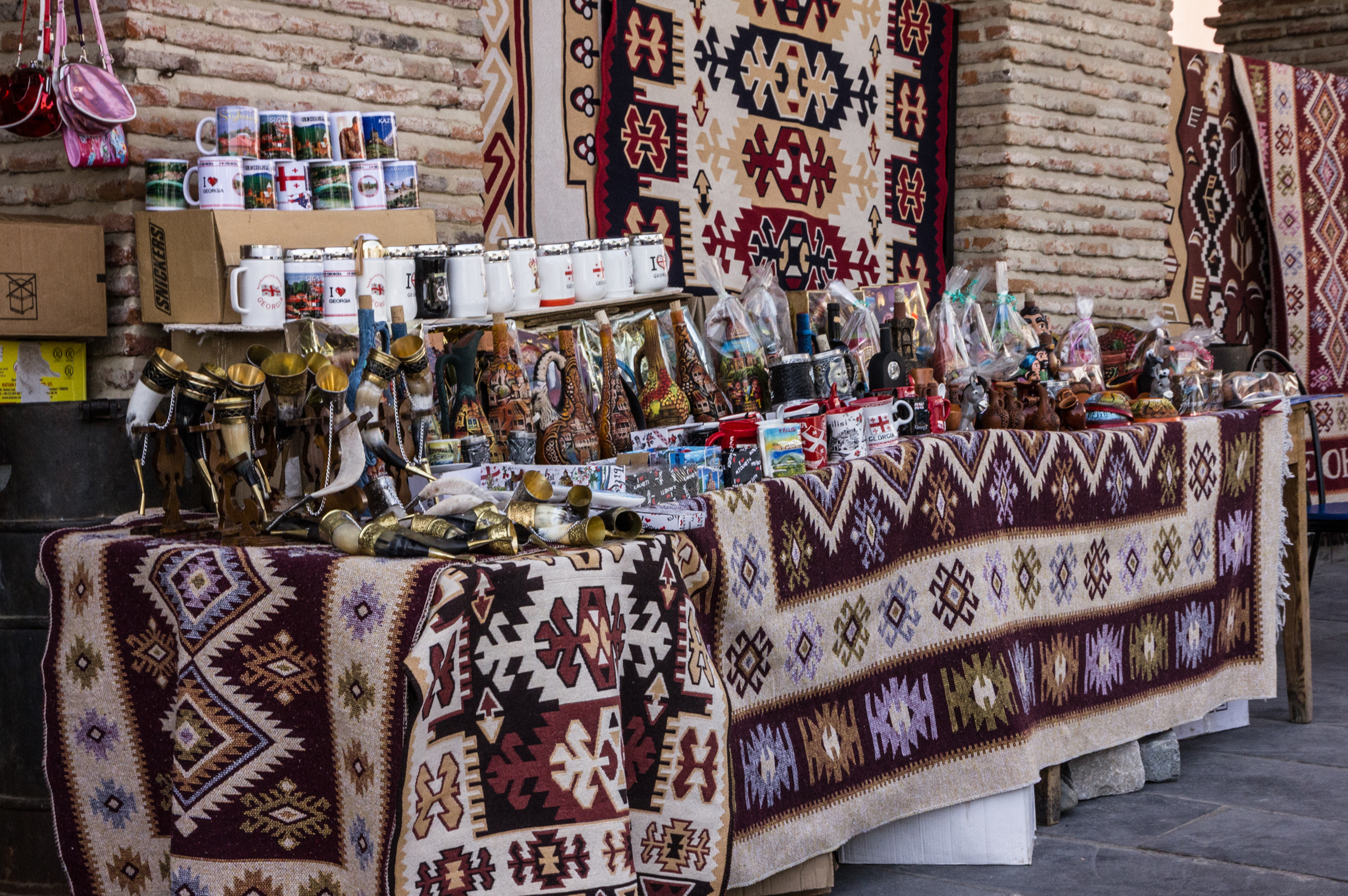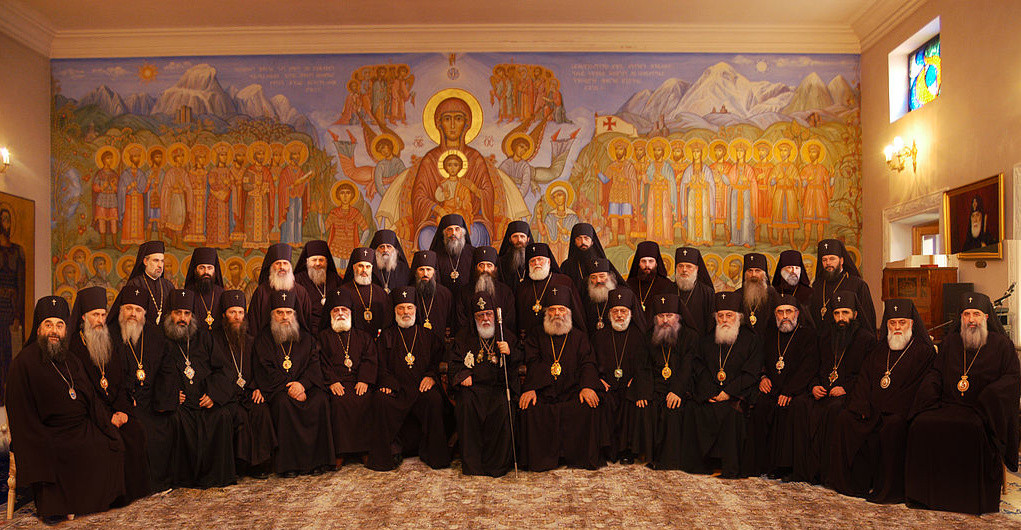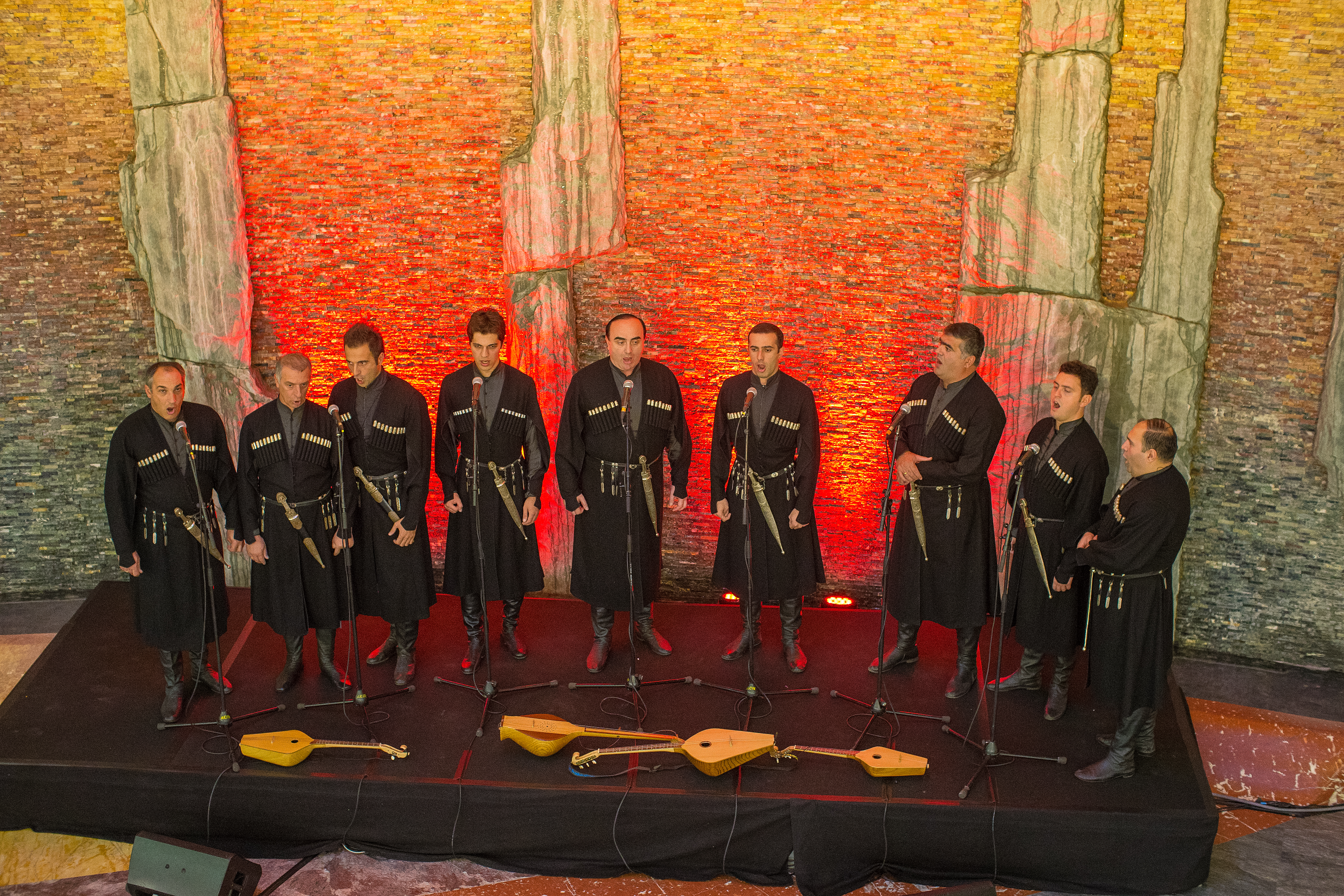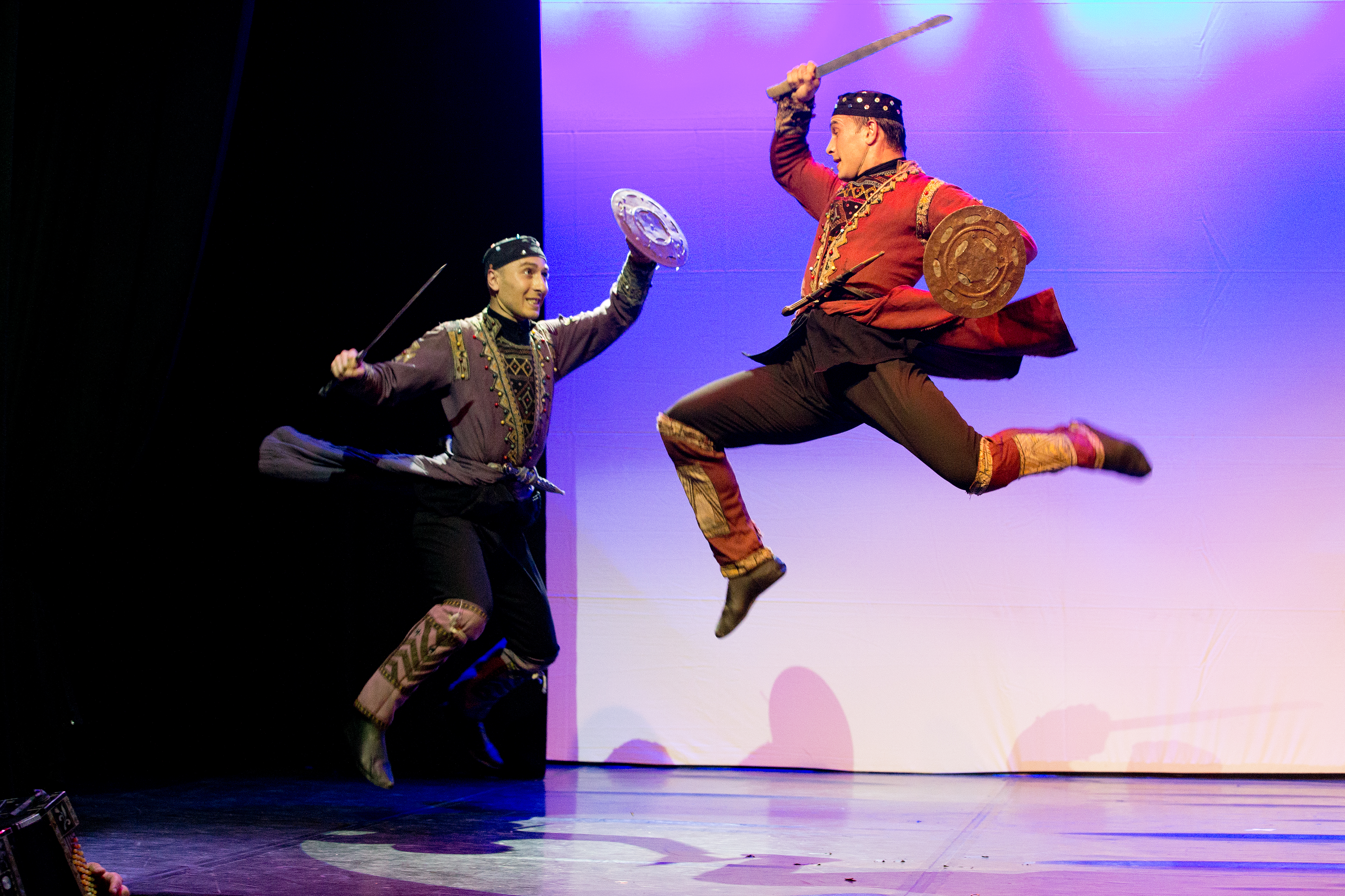
Georgia’s Unique Traditions
Georgia is a country where ancient customs seamlessly blend with modern life, creating a vibrant cultural tapestry that is truly unique. From its historical festivals and time-honored rituals to its distinctive social practices and religious ceremonies, Georgia’s traditions reflect a deep connection to its history, spirituality, and community. For travelers, Georgia offers a rare opportunity to experience living traditions that have been preserved for centuries, providing a rich and immersive cultural experience. This guide explores why Georgia’s unique traditions make it an exceptional destination for cultural travelers.
Religious Traditions: A Deeply Spiritual Nation

Georgia is one of the world’s oldest Christian countries, having adopted Christianity as its state religion in the early 4th century. As a result, religious traditions play a significant role in Georgian life, and the country is home to a rich tapestry of spiritual customs, rituals, and festivals.
a. Easter: A Profound Celebration of Faith
Easter in Georgia is one of the most important religious holidays, celebrated with great reverence and joy. The entire country comes together for church services, family gatherings, and special meals, marking the resurrection of Christ with a deep sense of spirituality.
- Midnight Vigil: On the night before Easter, Georgians gather in churches across the country for a midnight vigil, which lasts until dawn. The ceremony includes candlelit processions and hymns, creating an atmosphere of solemnity and reverence.
- Red Eggs and Pascha: After the vigil, families break their fast with a festive meal that includes red-dyed eggs, symbolizing the blood of Christ, and pascha, a traditional Easter cake.
b. Alilo: A Unique Christmas Tradition
Alilo is a Georgian Christmas tradition where groups of carolers, often dressed in traditional costumes, walk through towns and villages singing hymns and collecting donations for the poor. This custom, which dates back centuries, reflects the country’s spirit of generosity and community.
- Religious Pageantry: Alilo processions often include children dressed as angels or shepherds, adding a festive and spiritual atmosphere to the Christmas season. The carolers visit homes, churches, and public squares, spreading the message of goodwill and charity.
c. Pilgrimage to Ancient Churches and Monasteries
Georgia is dotted with ancient churches and monasteries, many of which are important pilgrimage sites. From the Jvari Monastery overlooking the town of Mtskheta to the Gergeti Trinity Church perched high in the Caucasus Mountains, these sacred sites are not only architectural marvels but also places of deep spiritual significance.Annual Pilgrimages: Georgians often embark on pilgrimages to these holy sites, especially during religious holidays, as a way of seeking blessings and reconnecting with their faith.
Polyphonic Singing: The Soul of Georgian Music

One of Georgia’s most unique cultural traditions is polyphonic singing, a form of vocal harmony that has been recognized by UNESCO as an Intangible Cultural Heritage of Humanity. This ancient style of singing, which dates back over a thousand years, is an integral part of Georgian identity and is often performed during religious ceremonies, festivals, and social gatherings.
a. The Art of Polyphony
Georgian polyphonic singing involves three or more voices, each singing a different melody that weaves together in complex harmonies. The result is a hauntingly beautiful sound that is both intricate and powerful.
- Regional Variations: Different regions of Georgia have their own styles of polyphonic singing. For example, the songs of Svaneti are known for their deep, resonant tones, while the music of Kakheti features lighter, more lyrical harmonies.
b. Cultural Significance
Polyphonic singing is more than just a musical tradition—it is a way for Georgians to connect with their ancestors, their land, and each other. The songs often tell stories of love, heroism, and the natural beauty of Georgia, making the music a living record of the nation’s history and values.Folk Festivals: Travelers can experience polyphonic singing at various folk festivals across the country, such as the Art-Gene Festival in Tbilisi, where traditional music and dance are celebrated.
Traditional Dance: A Dynamic Expression of Georgian Identity

Georgian dance is another key aspect of the country’s cultural heritage, combining athleticism, grace, and storytelling. The dances vary by region, each with its own unique choreography and meaning, but they all share a common thread of showcasing the strength, beauty, and spirit of the Georgian people.
a. Kartuli: The Dance of Romance
One of the most famous Georgian dances is Kartuli, a graceful and romantic dance that symbolizes courtship and love. The male dancer demonstrates strength and poise while the female dancer glides across the stage with delicate, restrained movements, symbolizing her modesty and grace.
- Symbolism: Kartuli is often performed at weddings and other celebrations, where it serves as a symbol of love, honor, and respect between the couple.
b. Khevsuruli: A Dance of Combat
Khevsuruli is a thrilling and energetic dance that depicts a battle between two rival warriors. It is known for its fast footwork, acrobatic leaps, and the use of swords and shields, showcasing the bravery and warrior spirit of the Georgian people.
- Ritual of Honor: This dance reflects Georgia’s long history of defending its land from invaders, and it is performed with great pride and intensity, especially in the highland regions of Georgia.
c. Mountain and Coastal Dances
Georgia’s diverse geography is reflected in its dance traditions. The mountain regions, like Svaneti and Khevsureti, have their own rugged, energetic dances, while the coastal regions, such as Adjara, feature more fluid, joyful movements, often accompanied by colorful costumes and lively music.ia’s rich ecological heritage alongside its cultural landmarks.
Seasonal Festivals and Celebrations

Georgia’s calendar is filled with traditional festivals that celebrate the country’s history, agricultural life, and religious beliefs. These festivals offer travelers a unique opportunity to experience the vibrancy of Georgian culture firsthand.
a. Tbilisoba: Celebrating the Capital
Tbilisoba is an annual festival held in October that celebrates the history and culture of Georgia’s capital, Tbilisi. The festival includes music and dance performances, food stalls, art exhibitions, and parades, transforming the city into a vibrant celebration of Georgian life.
- Traditional Markets: Tbilisoba features local artisans selling crafts, food, and wine, giving travelers a chance to taste authentic Georgian products and learn about the country’s artisanal traditions.
b. Rtveli: The Grape Harvest Festival
Rtveli is one of Georgia’s most beloved traditions, marking the grape harvest in the country’s famous wine regions, particularly Kakheti. This harvest festival, which usually takes place in late September or early October, is a time of hard work, celebration, and gratitude for the year’s bounty.
- Grape Harvesting: During Rtveli, families and communities come together to pick grapes, press wine, and celebrate with feasts and toasts. Visitors are often invited to join in the harvest, making it a truly immersive cultural experience.
- Traditional Wine-Making: Georgia is known as the birthplace of wine, and Rtveli offers travelers the chance to witness the ancient qvevri method of wine-making, where wine is fermented in large clay vessels buried underground.
c. Lomisoba: A Mountain Pilgrimage
Lomisoba is a traditional Georgian festival held in the Lomi Mountain region, where people make a pilgrimage to a sacred shrine at the top of the mountain. The festival, which takes place in late September, features prayers, songs, and traditional dances, reflecting the deep spiritual connection Georgians have with their land.Community Gathering: The festival serves as a time for communal gathering and celebration, with locals and visitors sharing food, music, and stories as they pay homage to the mountains and their heritage.
